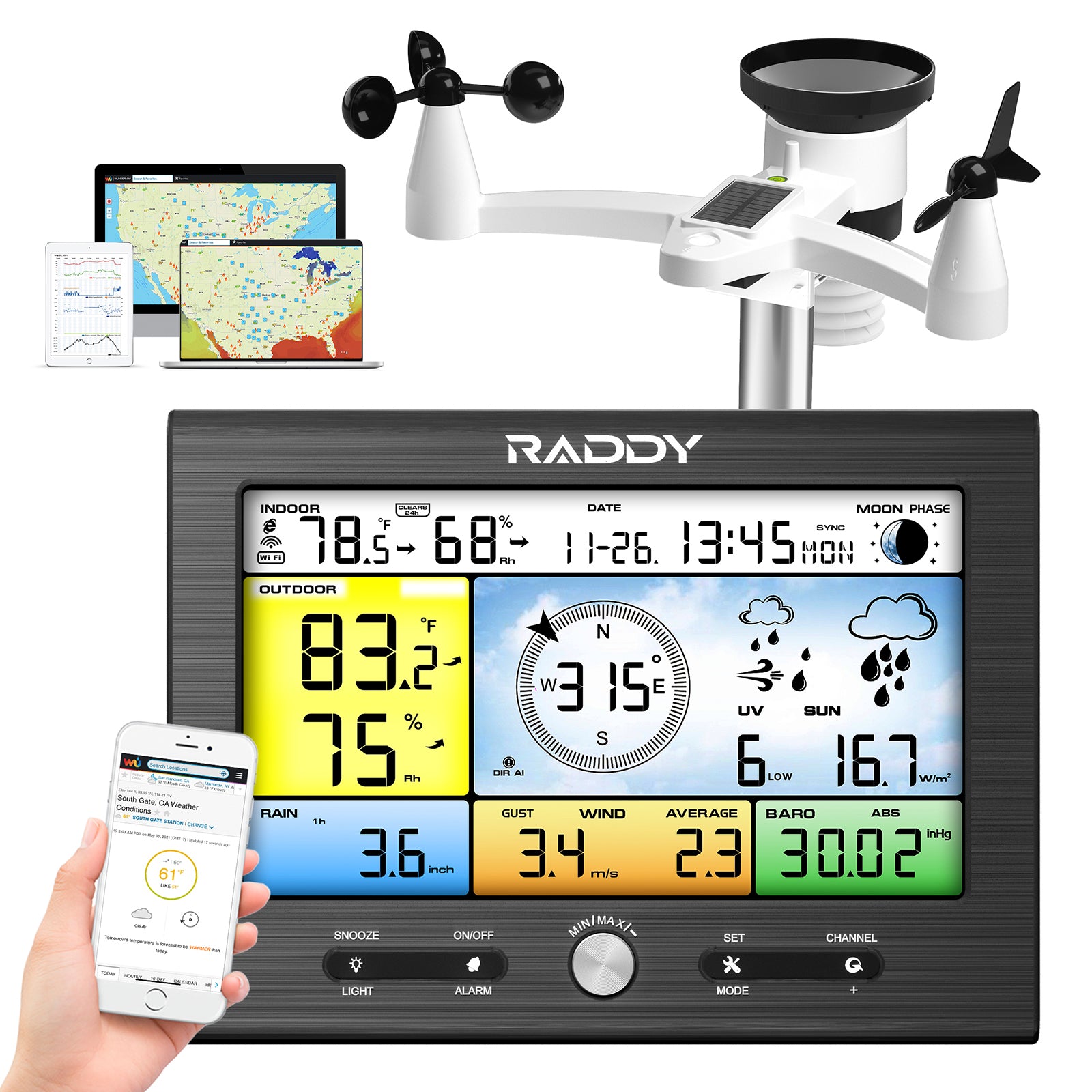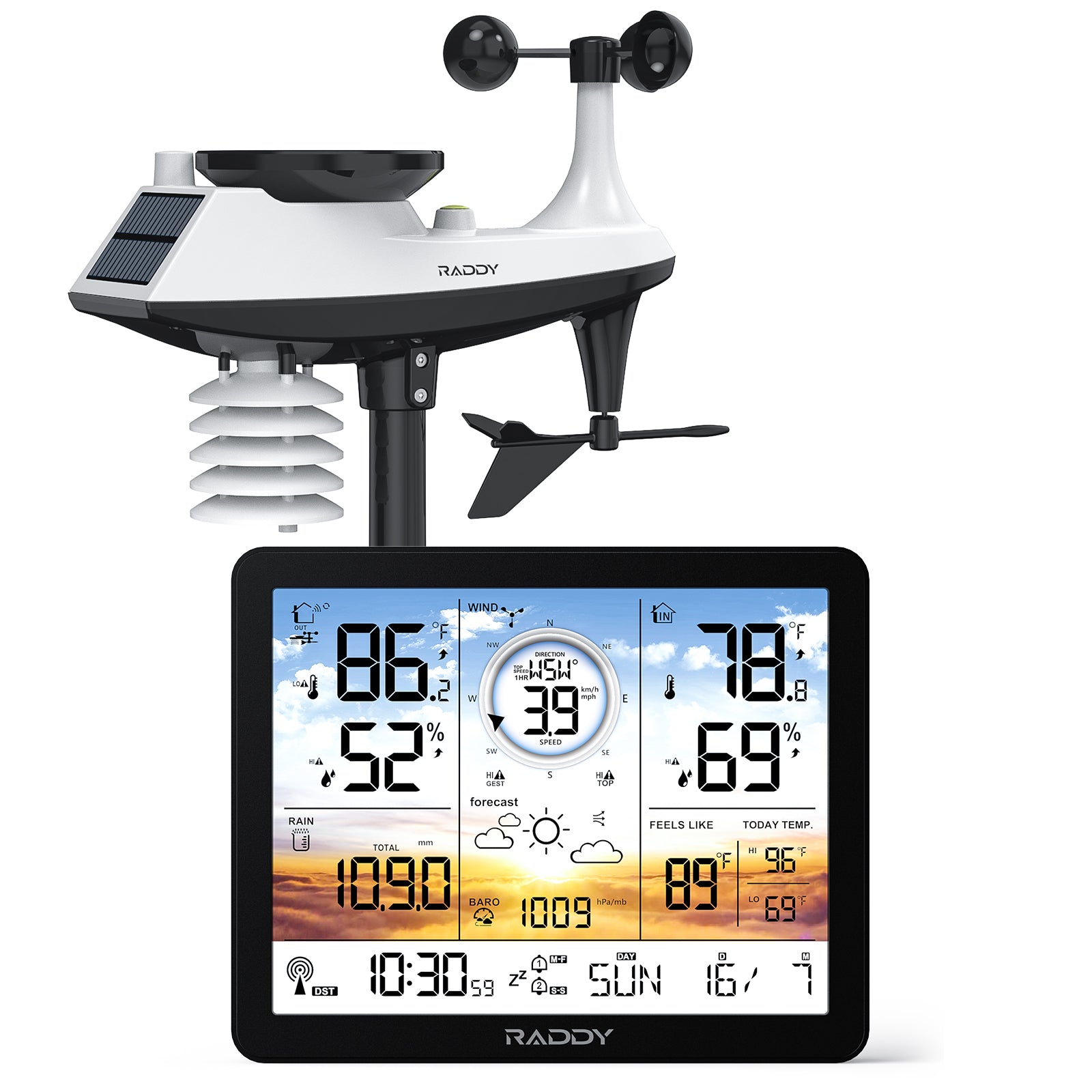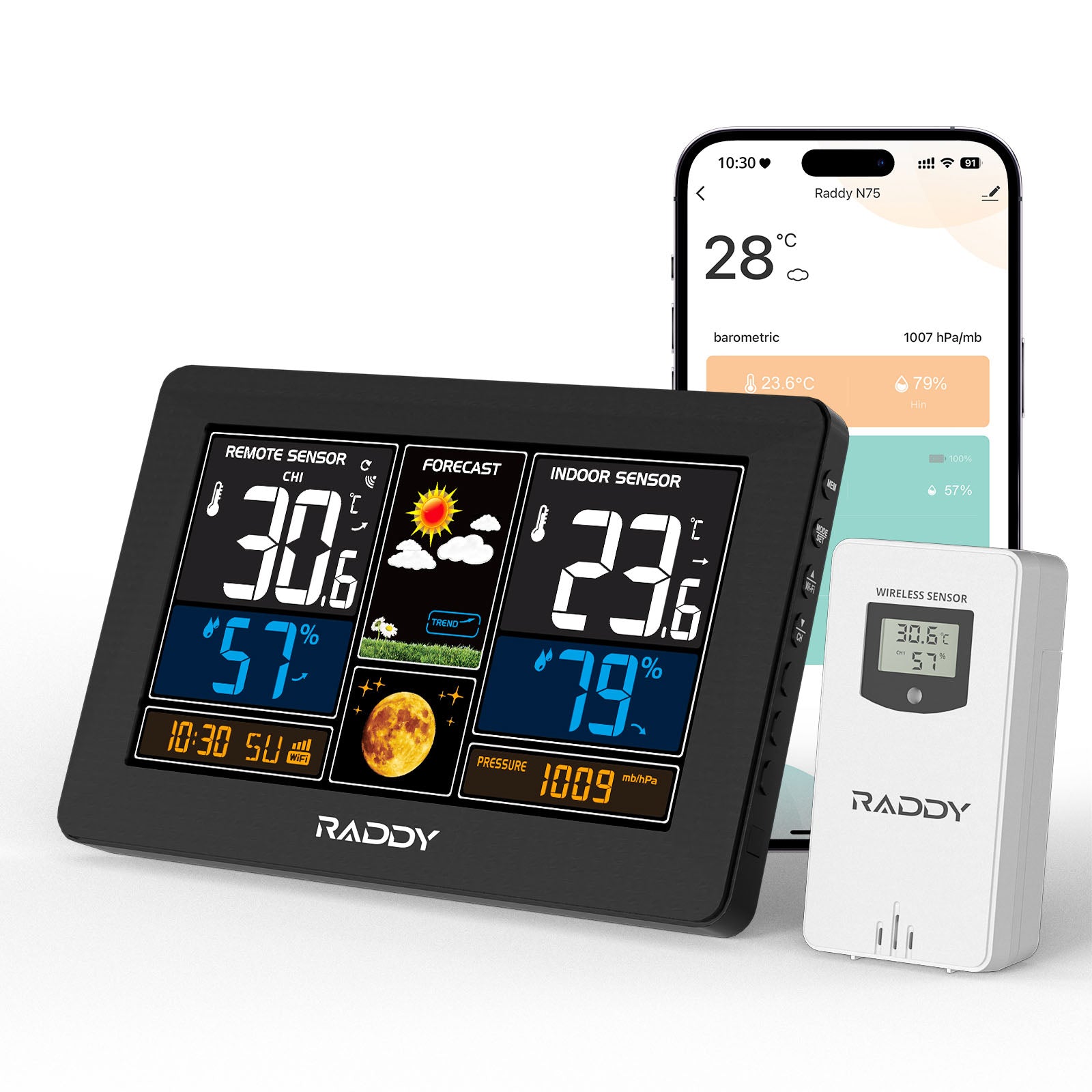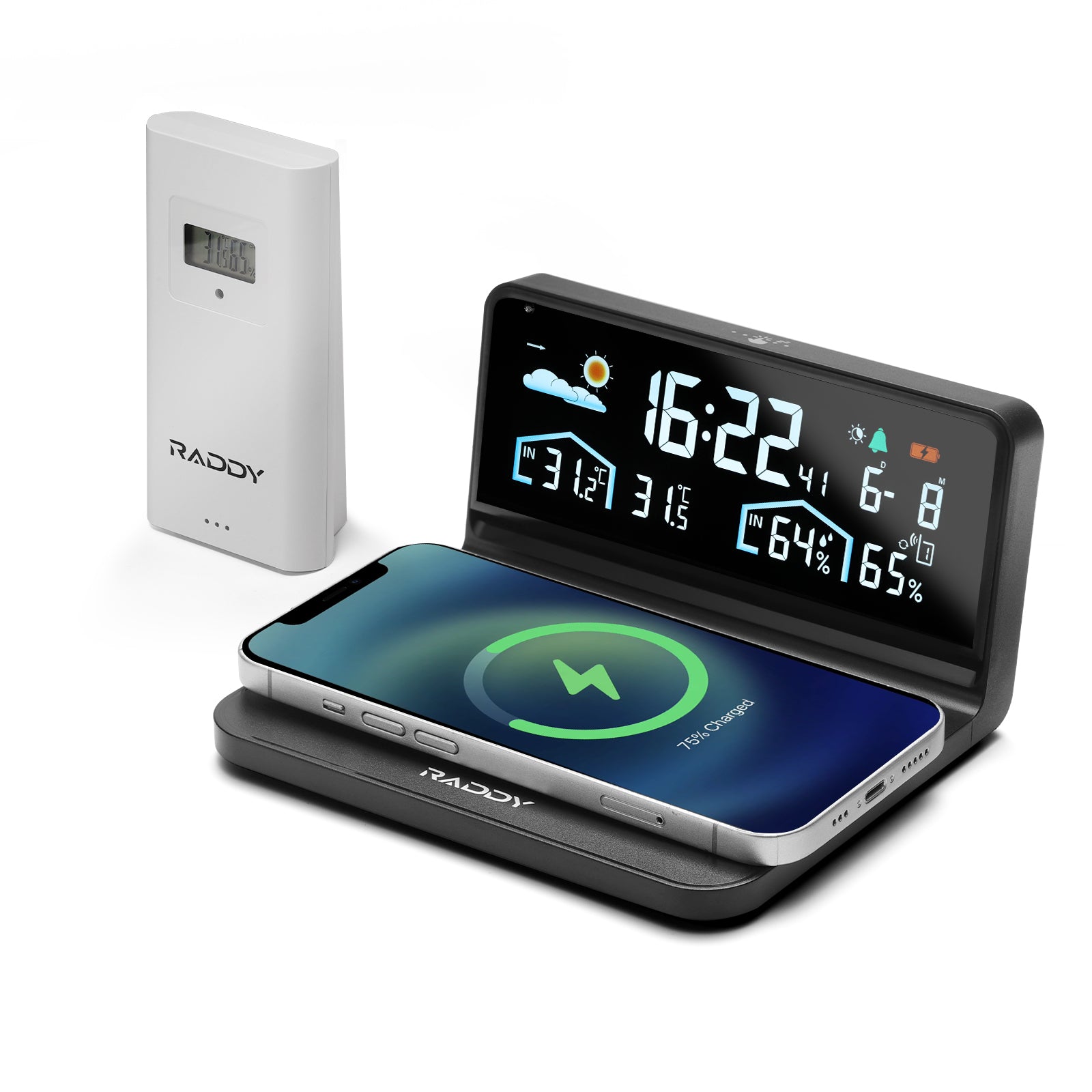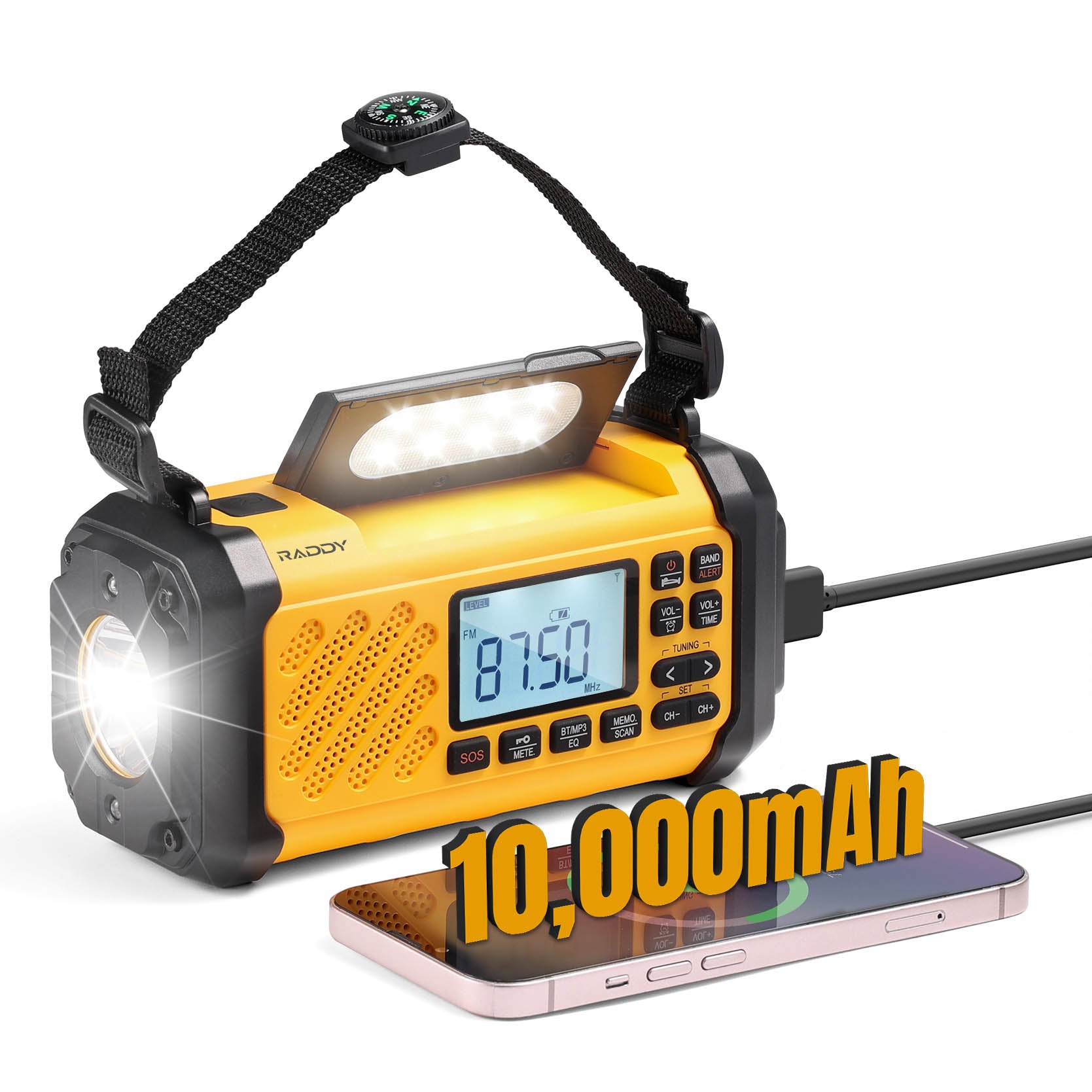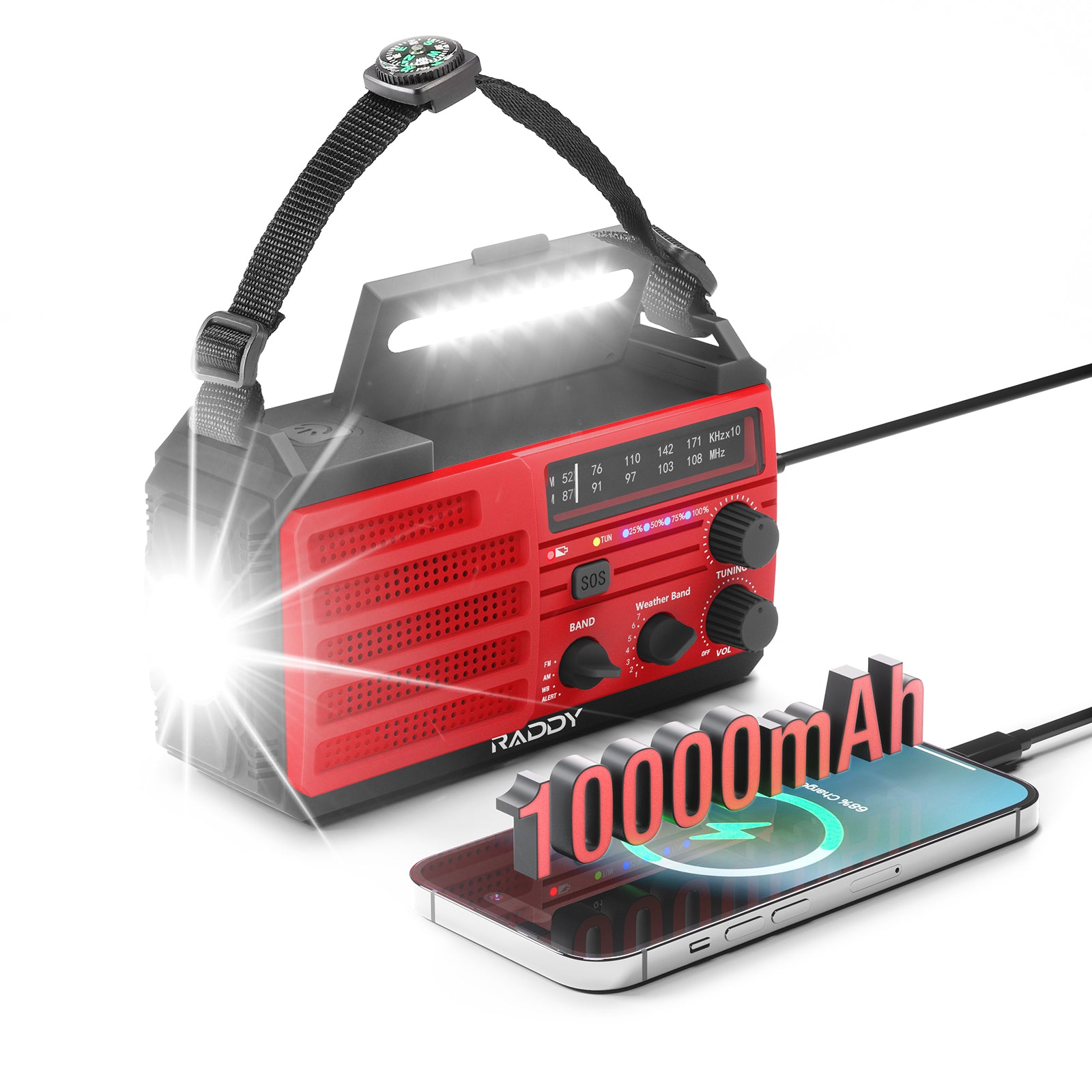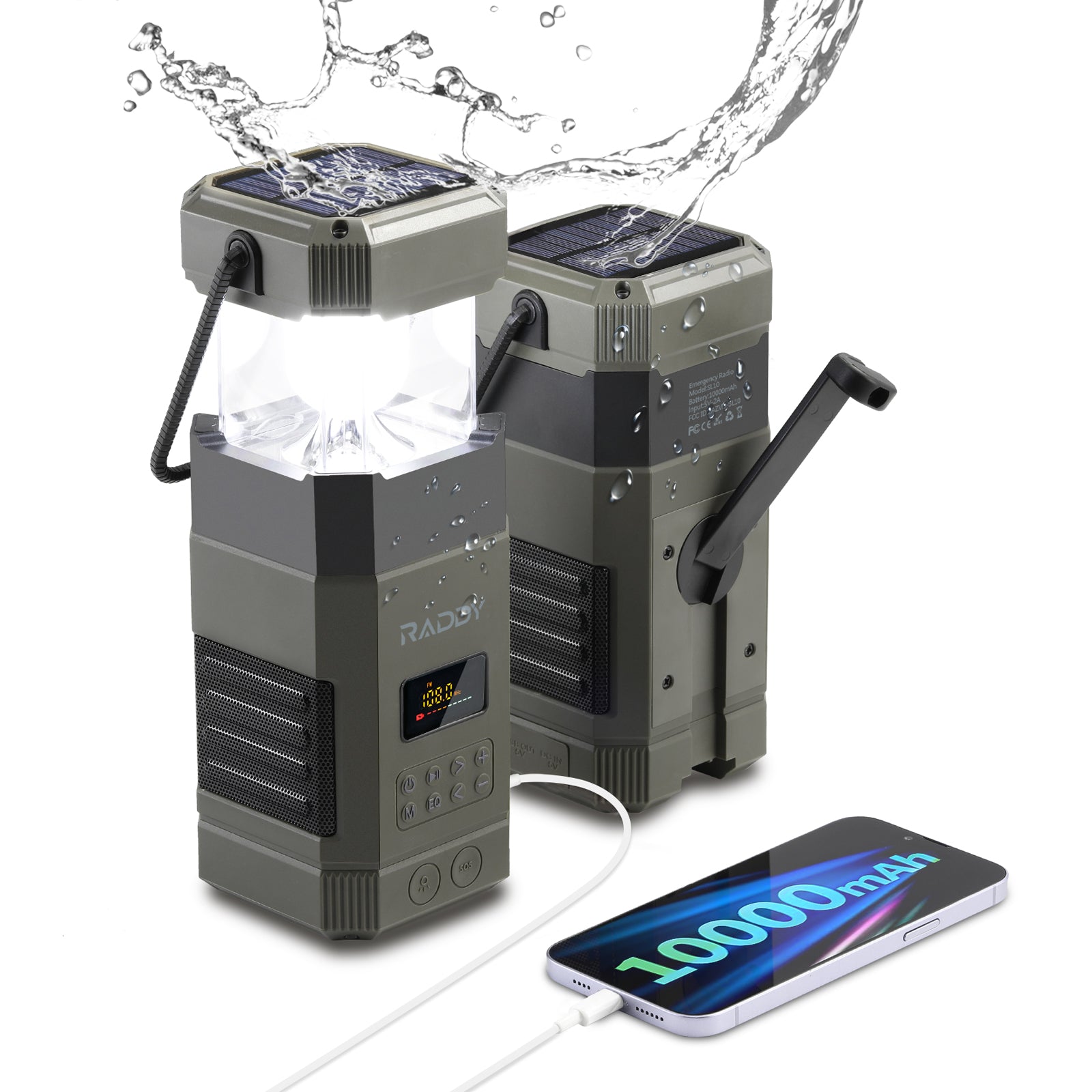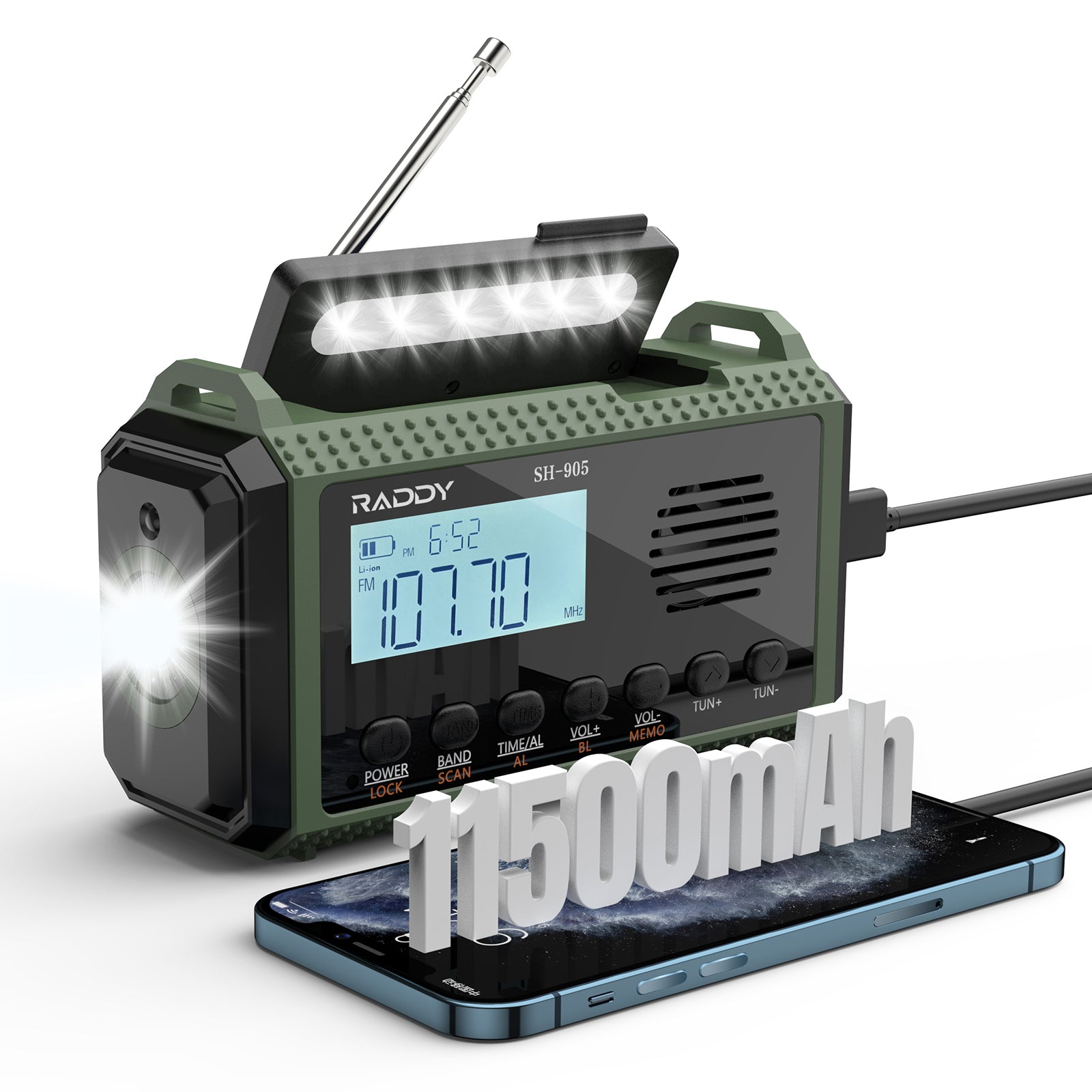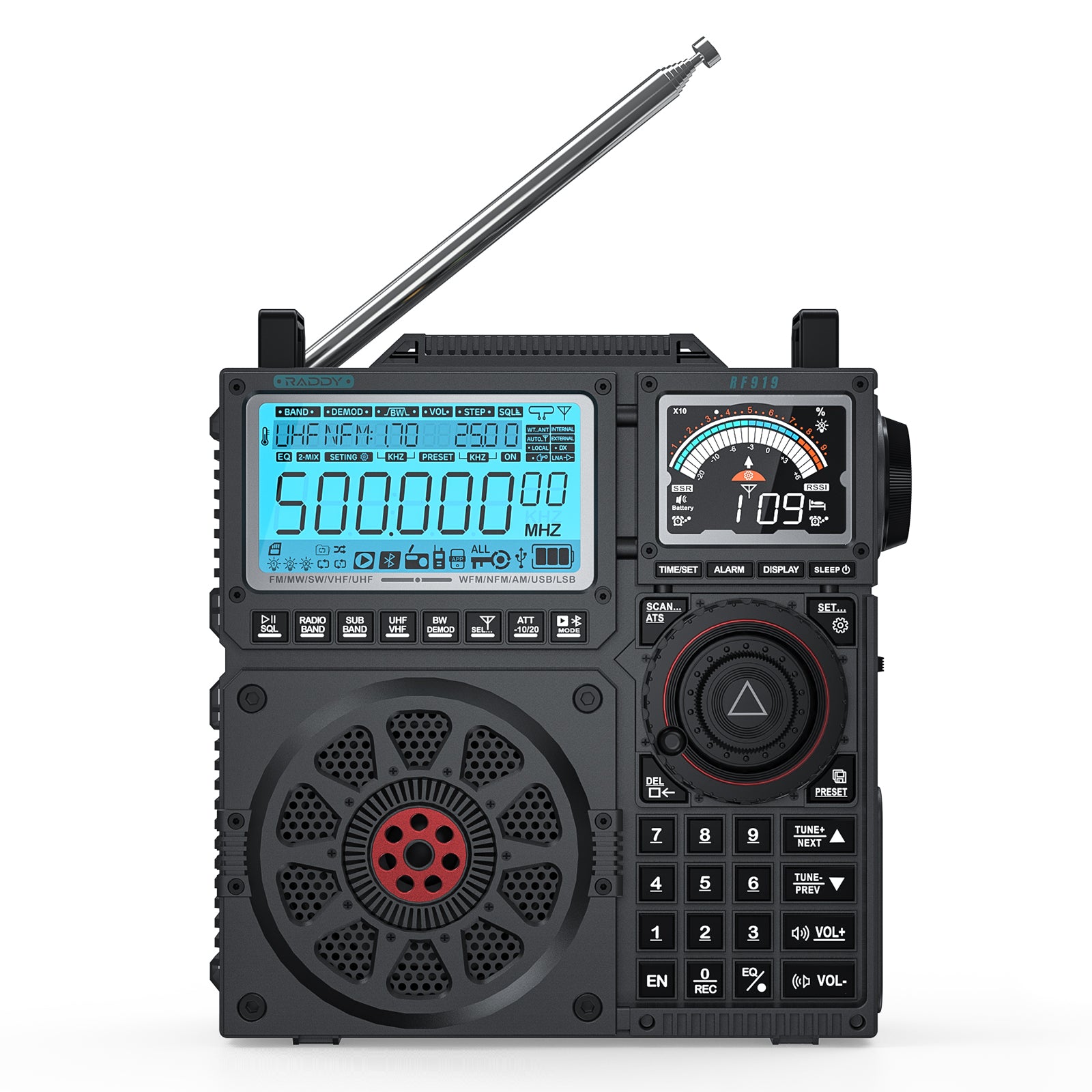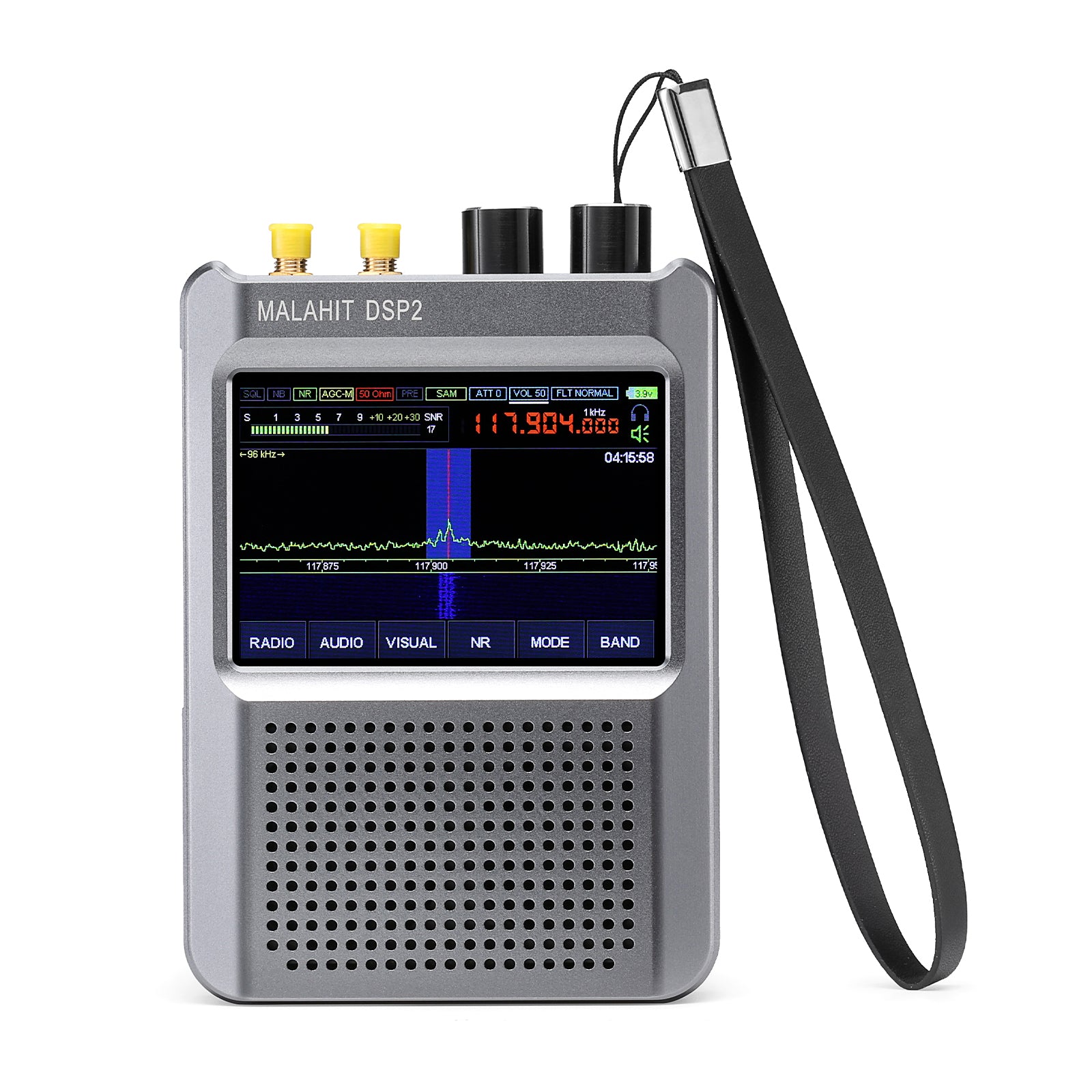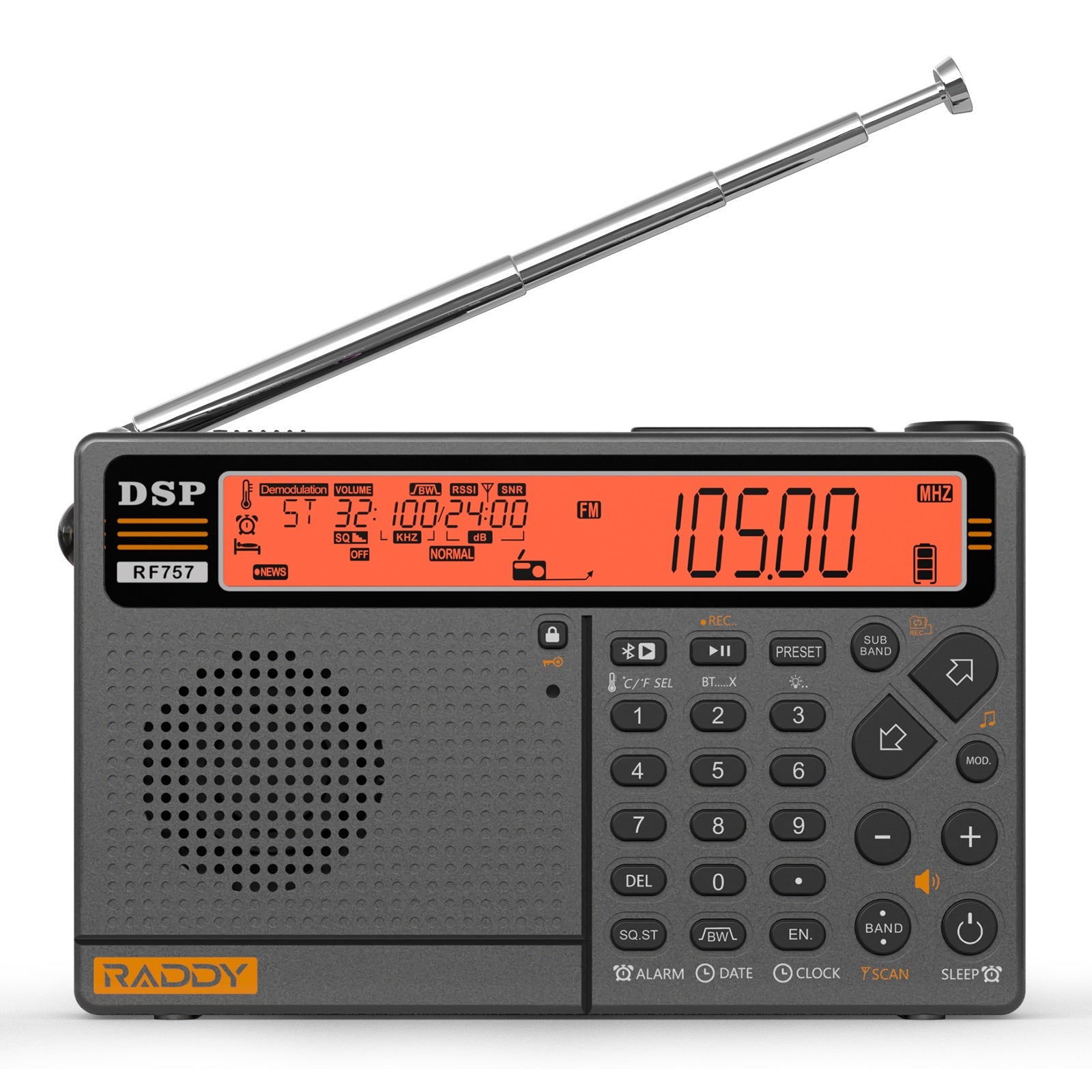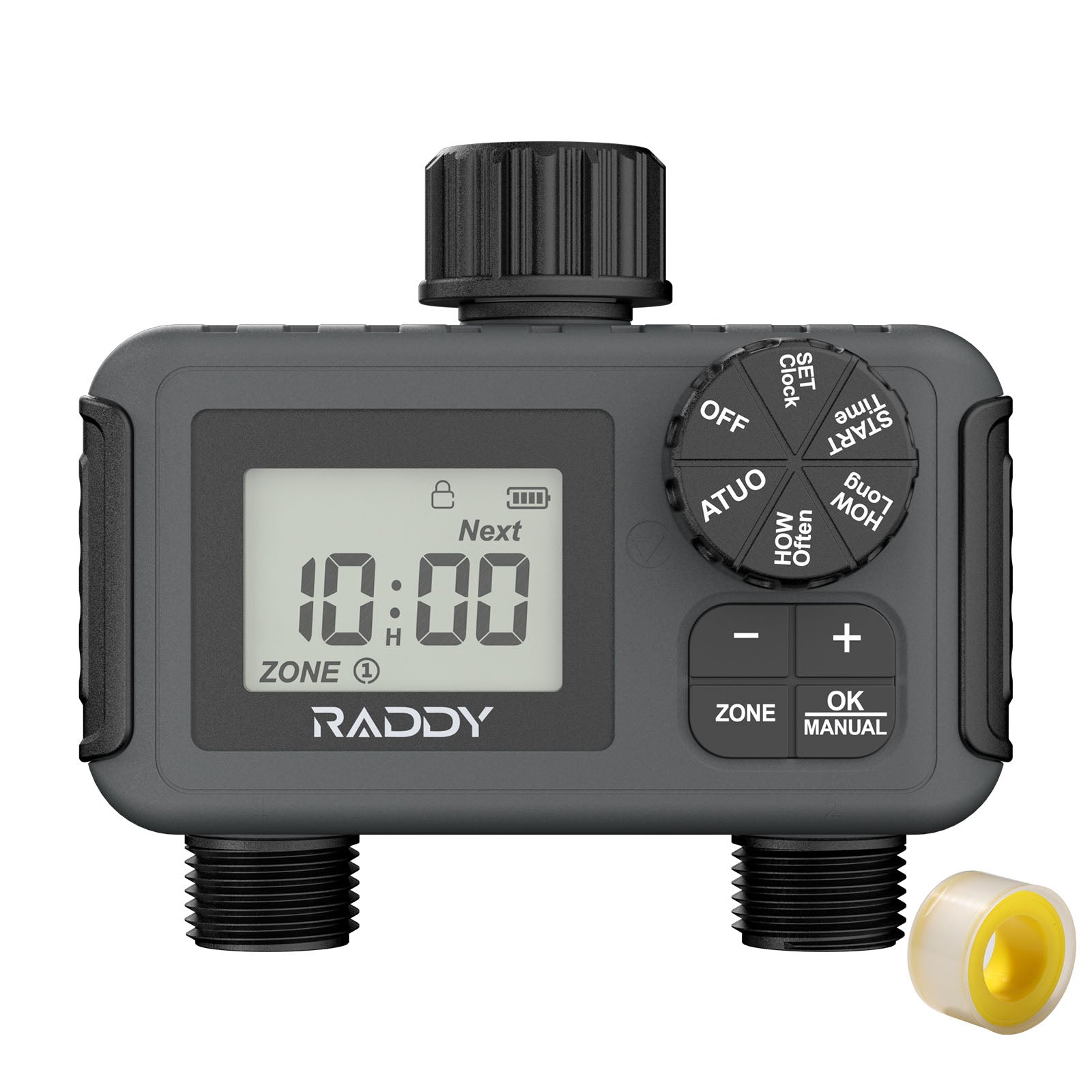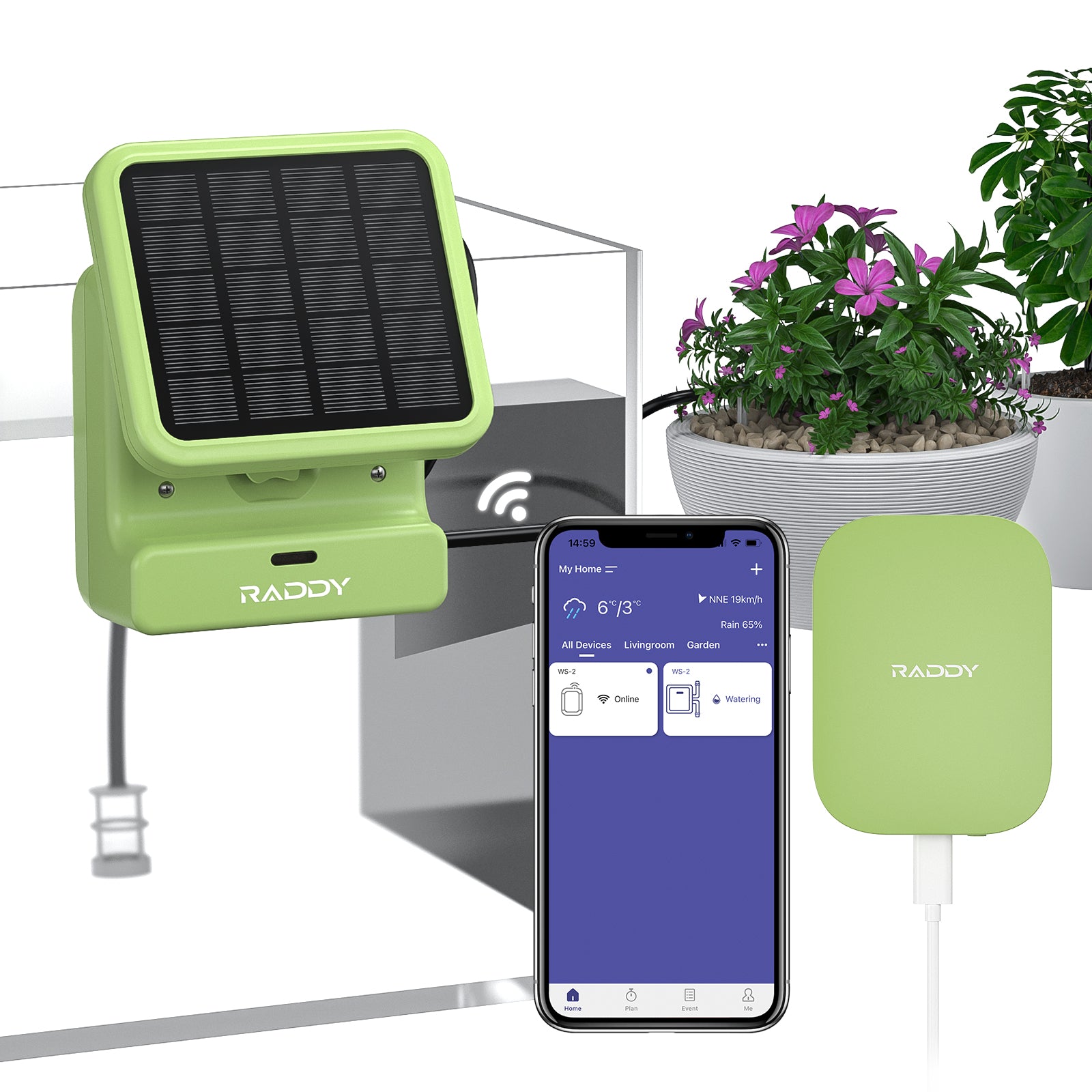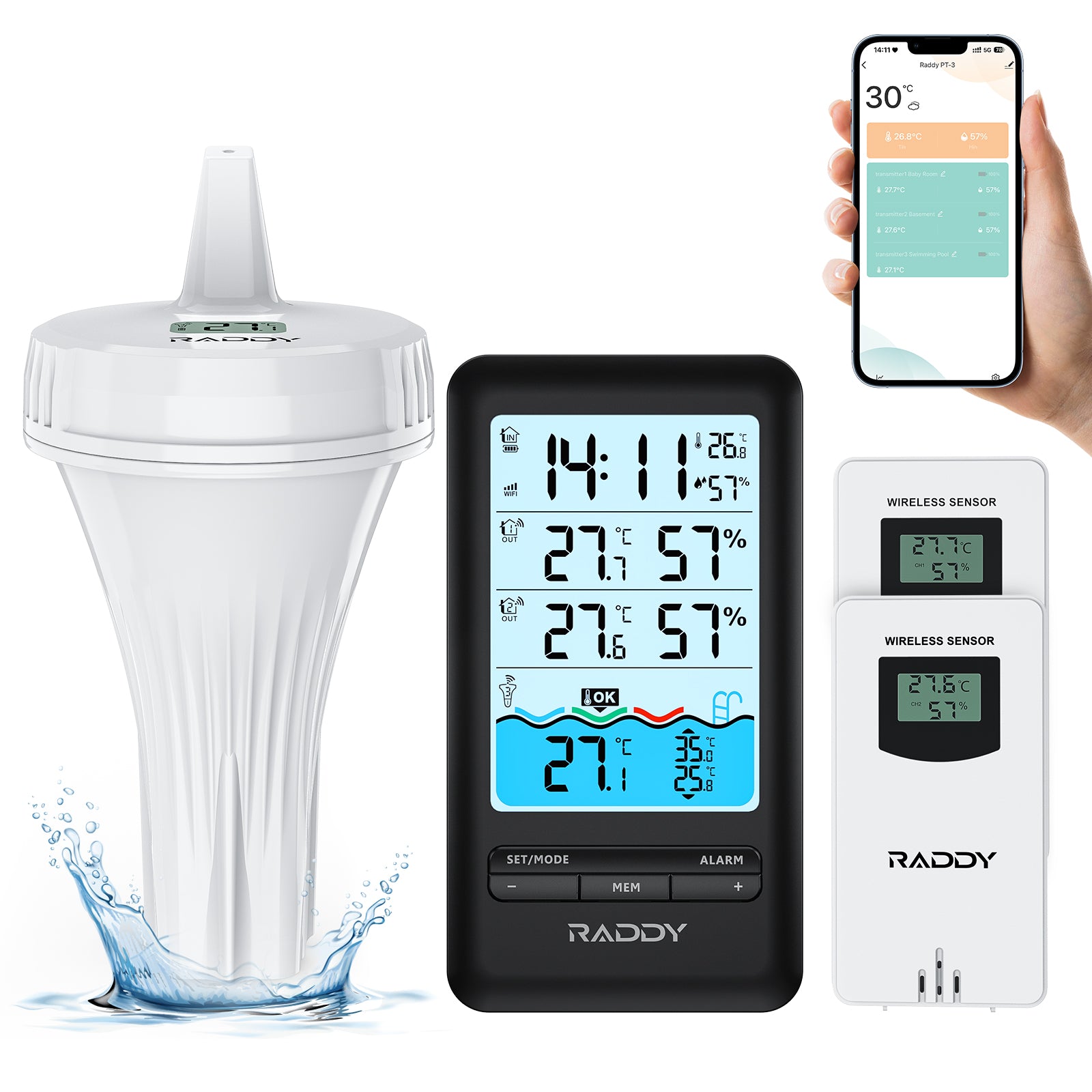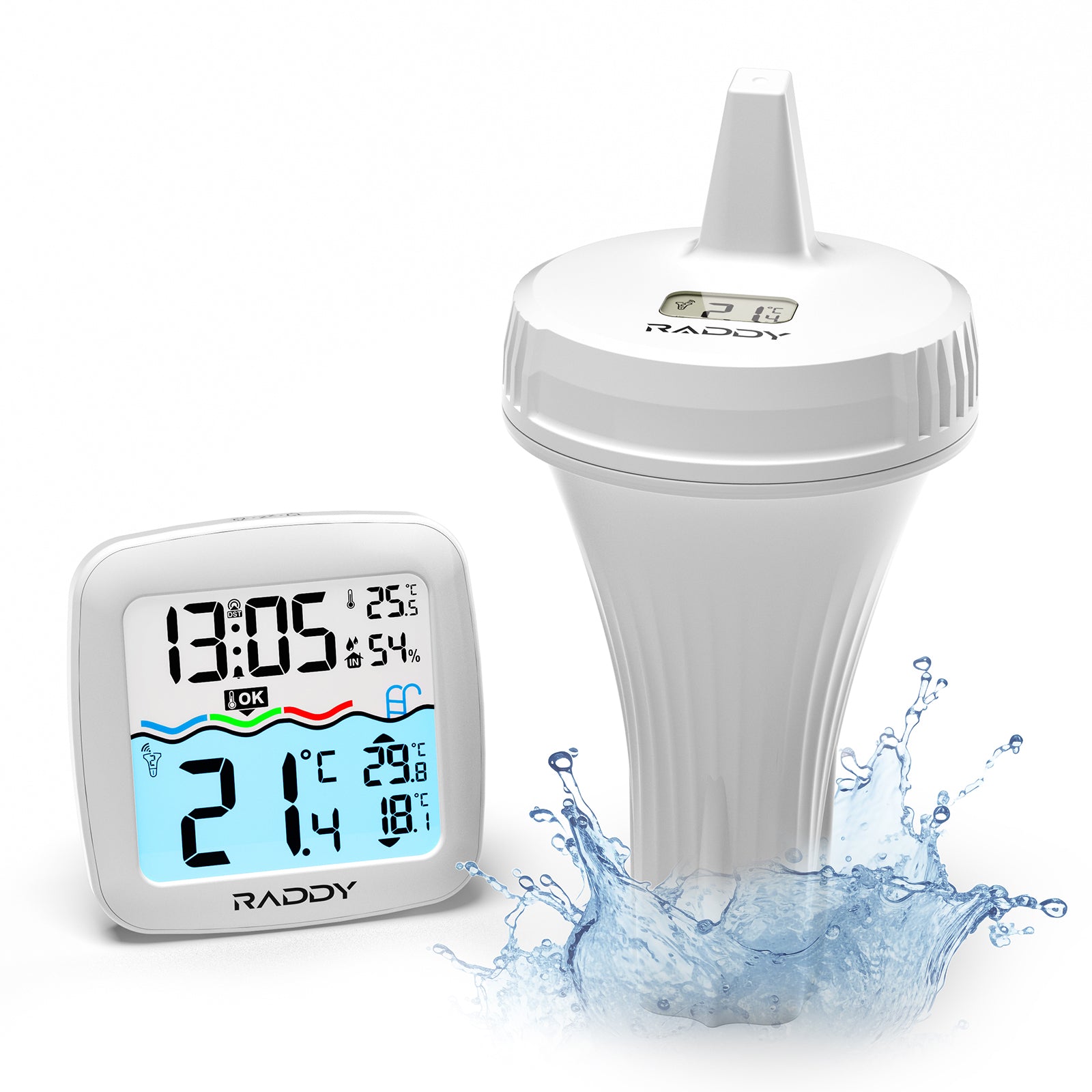
When the holiday season comes around, people start having trouble choosing gifts. "What gift is thoughtful and special at the same time?" You may be confused like this. Today, the Raddy team is here to suggest a special gift for your family, friends or colleagues, the personal weather stations.
What is a Personal Weather Station?
-- REFER TO WEATHER UNDERGROUND
A personal weather station(PWS) is a set of weather measuring instruments that you can install at your own home or business. The number of instruments can vary, but most personal weather stations include instruments to measure temperature, relative humidity, pressure, rain fall, and wind speed and direction. Scroll down to learn more about these sensors and how a personal weather station works.
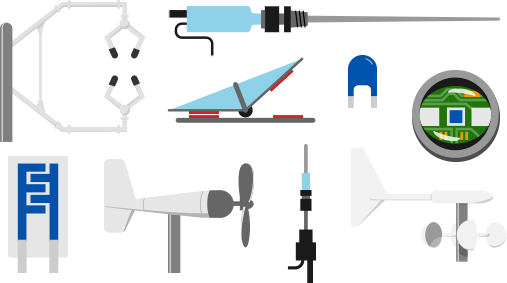
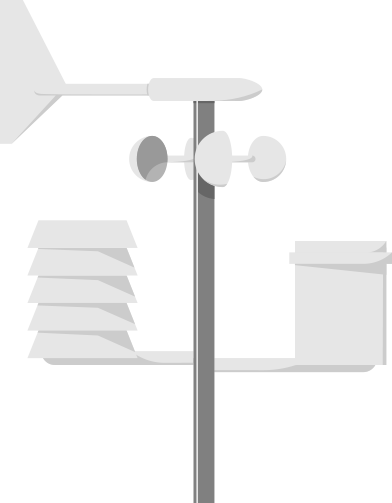
Temperature: Thermocouples, RTD Probes, Thermistors
Thermistors use a thermally active resistor made of metal oxides encased in epoxy or glass. The resistance output varies based on temperature. A more accurate thermister will vary linearly throughout the range.
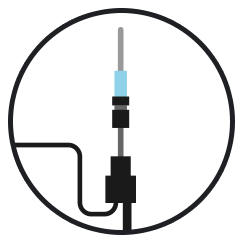
Thermocouples are made by joining 2 different metals to create a voltage when temperature differs from the reference temperature, based on the electromagnetic force generated at the junction of the different metals.
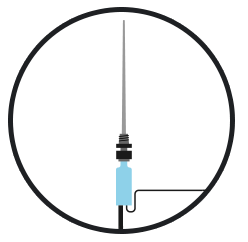
RTD Probes (Resistance Temperature Detector Probes) are comprised of pure metal (usually platinum). As the electrical resistance of the metal increases, the temperature increases. A small positive change means signals a 1 degree increase in temperature.
Relative Humidity: Hygrometer
A capacitor type of hygrometer is usually used to measure relative humidity. The sensor has a dielectric polymer layer that absorbs water molecules from the air through a thin metal electrode. This causes a change in capacitance and signifies a proportional change in relative humidity. The humidity sensor is most often mounted next to the temperature sensor to ensure a correlation between temperature and relative humidity, which are then used to calculate dew point.
Pressure: Barometer
Electronic pressure sensors measure pressure using a force collector to measure the strain due to an applied force over an area. The change in electrical resistivity of a semiconductor or metal is measured when mechanical strain is applied. The voltage output can be analog, which is then converted to digital.
Rainfall: Rain Gauge
The self-emptying tipping bucket technology is most often used for rain gauges in weather stations. The 8-inch collection area offers superior accuracy, measuring every .01 inches of liquid precipitation every time the seesaw shaped rain collector gets tipped. Debris and insect meshes help keep the instrument clean.
Wind Speed and Direction: Anemometer
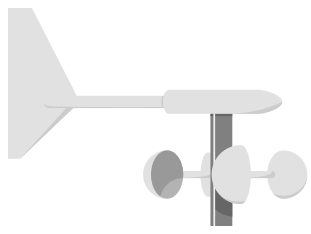
Cup anemometer with separate wind vane - Uses three cups to measure wind speed, while a wind vane measures wind direction. The vane always points in the direction that the wind is coming from and reports an analog voltage signal directly proportional to the azimuth angle. As for wind speed, the 3 cups are used so one cup is always at a 45 degree angle to the wind. With this configuration, there is not one cup that has no wind, as was the case with a four cup anemometer. The voltage output needs to be scaled to the actual wind speed, based on the size of the cups and overall diameter of rotation.
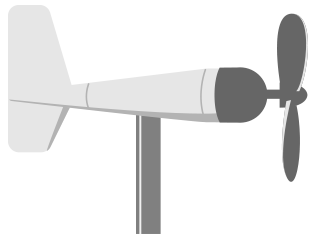
Propeller Anemometer or Vane Anemometer - The vane and the propeller on this anemometer work together. The wind vane part of the anemometer forces the propeller to face into the wind - resulting in the direction the wind is coming from and the value for the maximum wind speed. The output for direction is an analog voltage signal directly proportional to the azimuth angle. The wind speed is measured by a four-blade propeller with the frequency of the rotation directly proportional to wind speed.
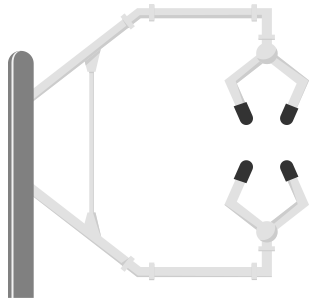
Sonic anemometer - Uses ultrasonic sound waves to measure wind speed based on the time of flight of sonic pulses between pairs of transducers and can measure wind velocity in 3 dimensional flow. These sensors can take measurements up to 20 Hz and are thus ideal for measuring turbulence.
Buying Guide
Not sure how to choose the right gift from so many weather stations? Click Buying Guide to find an answer.
